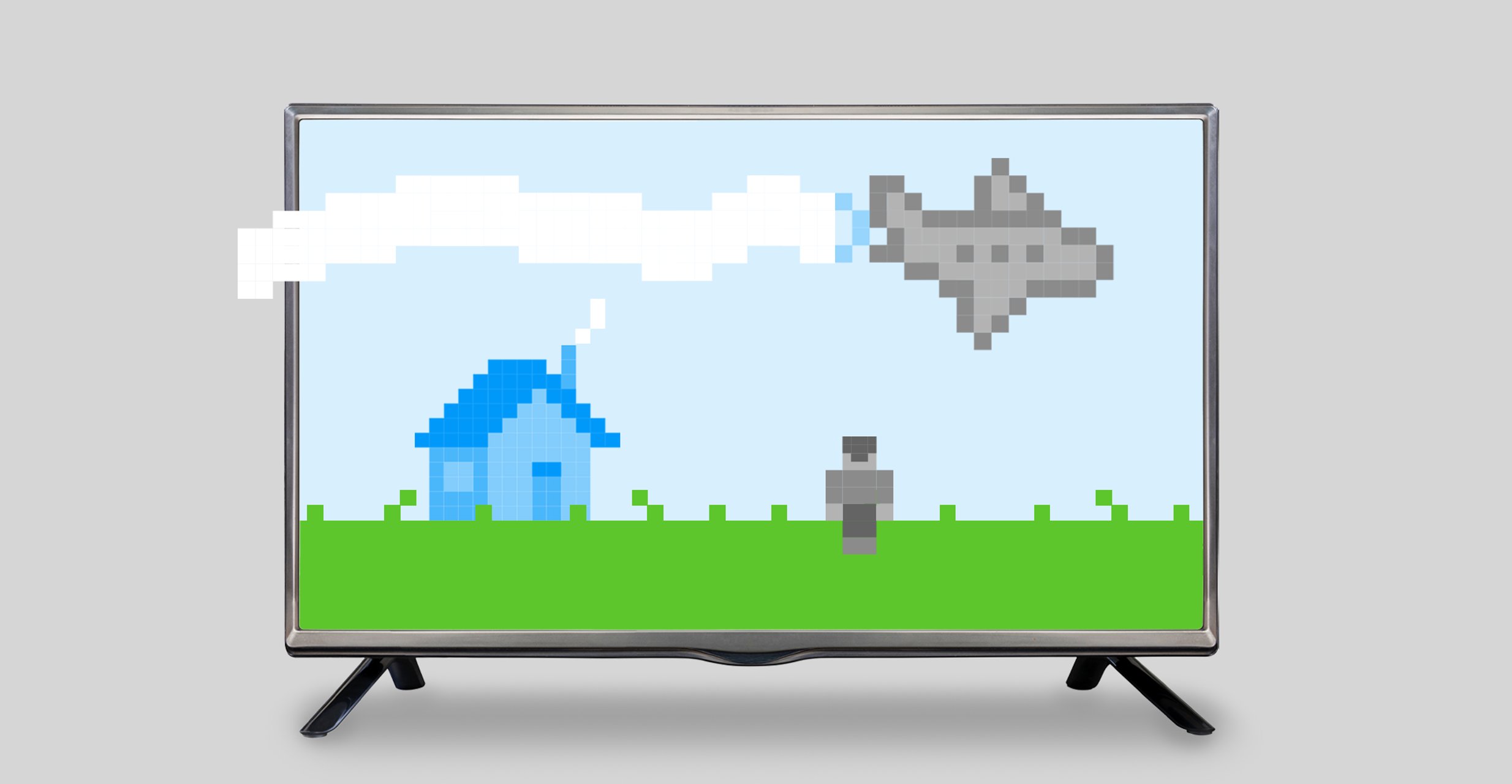Resources Omnichannel
Webinar: Deep dive into the evolving auto purchase journey

Select your country or region to see content tailored to your country.
Recruiting fraud is a growing issue for many companies.
The Trade Desk takes this issue seriously and is taking steps to address it.
Our platform
With 36% of gamers between the ages of 18 and 34, in-game advertising is an opportune way to reach a younger audience. Learn more about the types of in-game advertising and how to best engage your audience beyond traditional influencer marketing.

You are being chased by a dragon, his fiery breath is just steps behind you, you are just a few deep breaths from safety, and suddenly, a full-screen video ad appears on your phone reminding you that you are a very real person, on a very real train, and insurance is a thing.
This kind of intrusive, disruptive, and contextually misaligned tactic used to dominate in-game advertising. Games exist for us to escape, and in order to monetize and capture attention, many advertisers and gamemakers forgot this important fact. That was in-game advertising of the past.
The partnership between gamemakers and advertisers was needed to develop new revenue streams, much the same way social media influencers worked with brands. In that relationship, the influencer has built trust with their followers and leverages this trust to make brand recommendations. With in-game advertising, brands are presenting themselves at key moments in games that some players have been enjoying for years.
In the U.S., Statista reports that 24% of gamers are under 18 and 36% of gamers are between the ages of 18 and 34. This makes in-game advertising a likely no-brainer for brands looking to reach a Gen Z audience.
While many people are tightening their belts due to economic uncertainty, Insider Intelligence reports that Gen Z’s income is growing and they are spending more.
There are three types of in-game advertising:
One of the challenges with this tactic has always been measurement. Walled gardens make it challenging to pull insights out and measure within a holistic market’s strategy.
However, when it comes to video game advertising, you can track standard metrics like:
Gaming can help generate opportunities and insights that can allow your brand to break through more easily. When it comes to reaching a younger audience, many brands are looking to gaming. It can even offer one-to-one personalization, optimization, and measurement that you might have come to expect from programmatic buys, especially with tools like Unified ID 2.0.
Reach out to your account manager to get started today.
Resources Omnichannel

Resources Omnichannel

Resources Omnichannel
